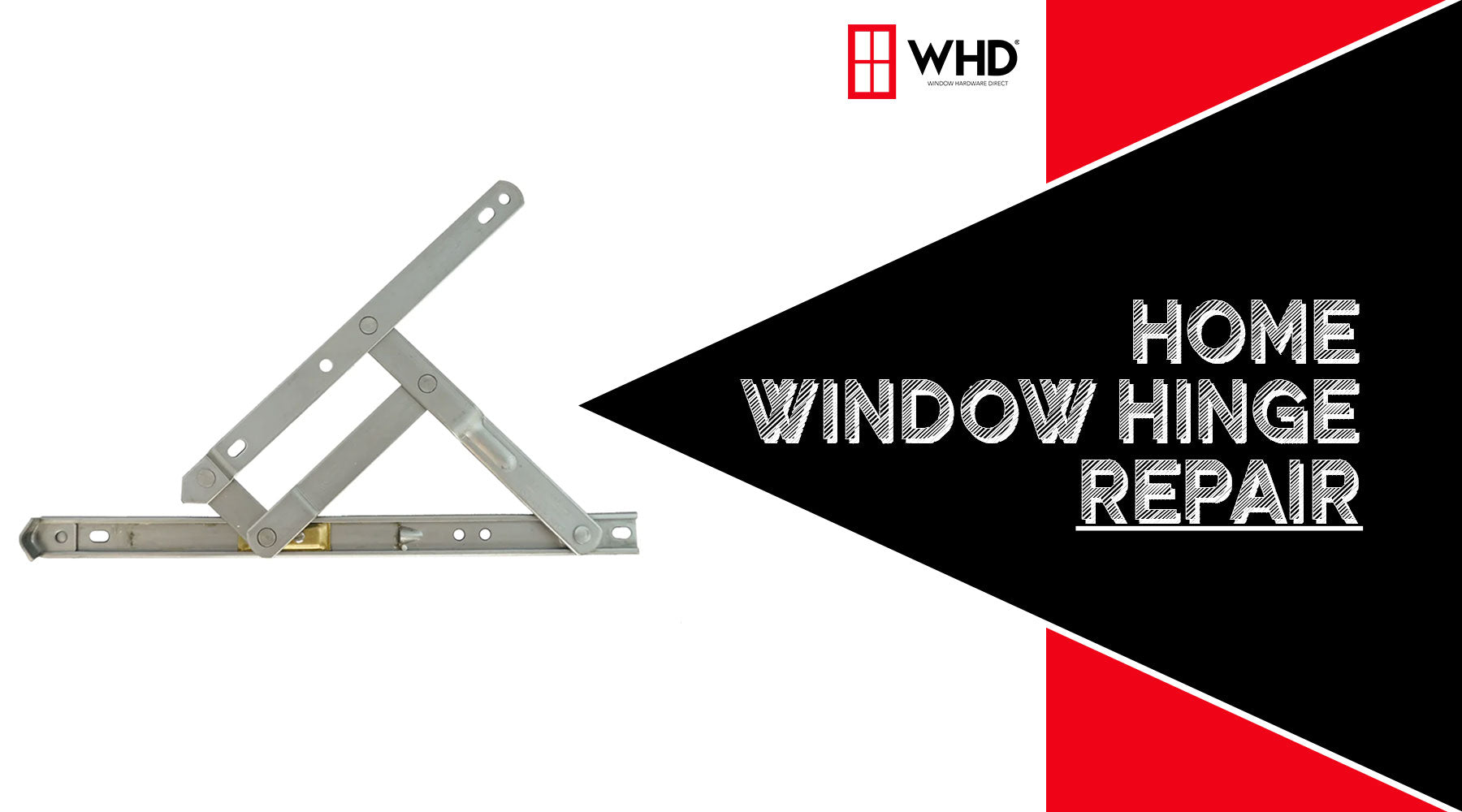
Home Window Hinge Repair: A Guide to Fixing Your Windows with Ease
Windows are essential elements of any home, providing light, ventilation, and aesthetic appeal. However, like any other components, they are subject to wear and tear, with window hinges being a common area of concern. A faulty hinge can lead to various issues, including difficulty in opening or closing the window, drafts, and even security risks. In this guide, we'll explore the importance of window hinge repair and provide practical steps to help you fix your windows efficiently.
Understanding Window Hinge Repair
Window hinges are crucial for the smooth operation of casement, awning, and hopper windows. Over time, these hinges can become loose, rusted, or damaged due to factors such as weather exposure, frequent use, or poor maintenance. When a hinge malfunctions, it can affect the entire window mechanism, compromising functionality and energy efficiency.

Signs of Window Hinge Problems
Identifying window hinge issues early is key to preventing further damage and costly repairs. Here are some common signs that indicate your window hinges may need attention:
 Difficulty Opening or Closing:
Difficulty Opening or Closing:
If you struggle to open or close your window smoothly, it could indicate hinge problems.
 Squeaking or Grinding Noises:
Squeaking or Grinding Noises:
Unusual sounds when operating the window suggest that the hinges are worn out or misaligned.
 Visible Damage:
Visible Damage:
Inspect the hinges for signs of rust, corrosion, or physical damage.
 Drafts or Air Leaks:
Drafts or Air Leaks:
Improperly functioning hinges can cause gaps between the window frame and sash, leading to drafts and energy loss.
DIY Window Hinge Repair
Fortunately, many window hinge issues can be resolved with simple DIY techniques. Here's a step-by-step guide to help you repair your window hinges:
Assess the Damage:
Carefully examine the hinges to determine the extent of the problem. Look for loose screws, rust, or any other visible damage.

Tighten Loose Screws:
Use a screwdriver to tighten any loose screws on the hinges and window frame. This simple step can often improve the functionality of the hinge and eliminate minor issues.

Lubricate the Hinges:
Apply a lubricant such as silicone spray or white lithium grease to the hinges and moving parts. This will reduce friction and eliminate squeaking noises, allowing the window to open and close smoothly.

Replace Damaged Hinges:
If the hinges are severely damaged or corroded, they may need to be replaced. Remove the old hinges carefully and install new ones according to the manufacturer's instructions.

Adjust Hinge Alignment:
If the window is not closing properly, you may need to adjust the alignment of the hinges. Loosen the screws slightly, reposition the hinge, and tighten the screws again.

Test the Window:
Once you've completed the repair, test the window to ensure that it opens and closes smoothly without any issues.

When to Seek Professional Help
While many window hinge repairs can be done independently, some situations may require professional intervention. If you're uncomfortable working with tools or if the damage is extensive, it's best to consult a local window repair technician. They have the expertise and equipment to handle complex hinge repairs and ensure the long-term integrity of your windows.
Conclusion
Window hinge repair is a vital aspect of home maintenance that can help prolong the lifespan of your windows and enhance their performance. By identifying and addressing hinge issues promptly, you can prevent further damage and maintain a comfortable and energy-efficient home.
With the simple DIY techniques outlined in this guide, you'll be well-equipped to tackle common window hinge problems and enjoy smooth-operating windows for years to come. For more information about window hinge repair or assistance ordering replacement parts, Contact Us Today! Window Hardware Direct is here to help you.
